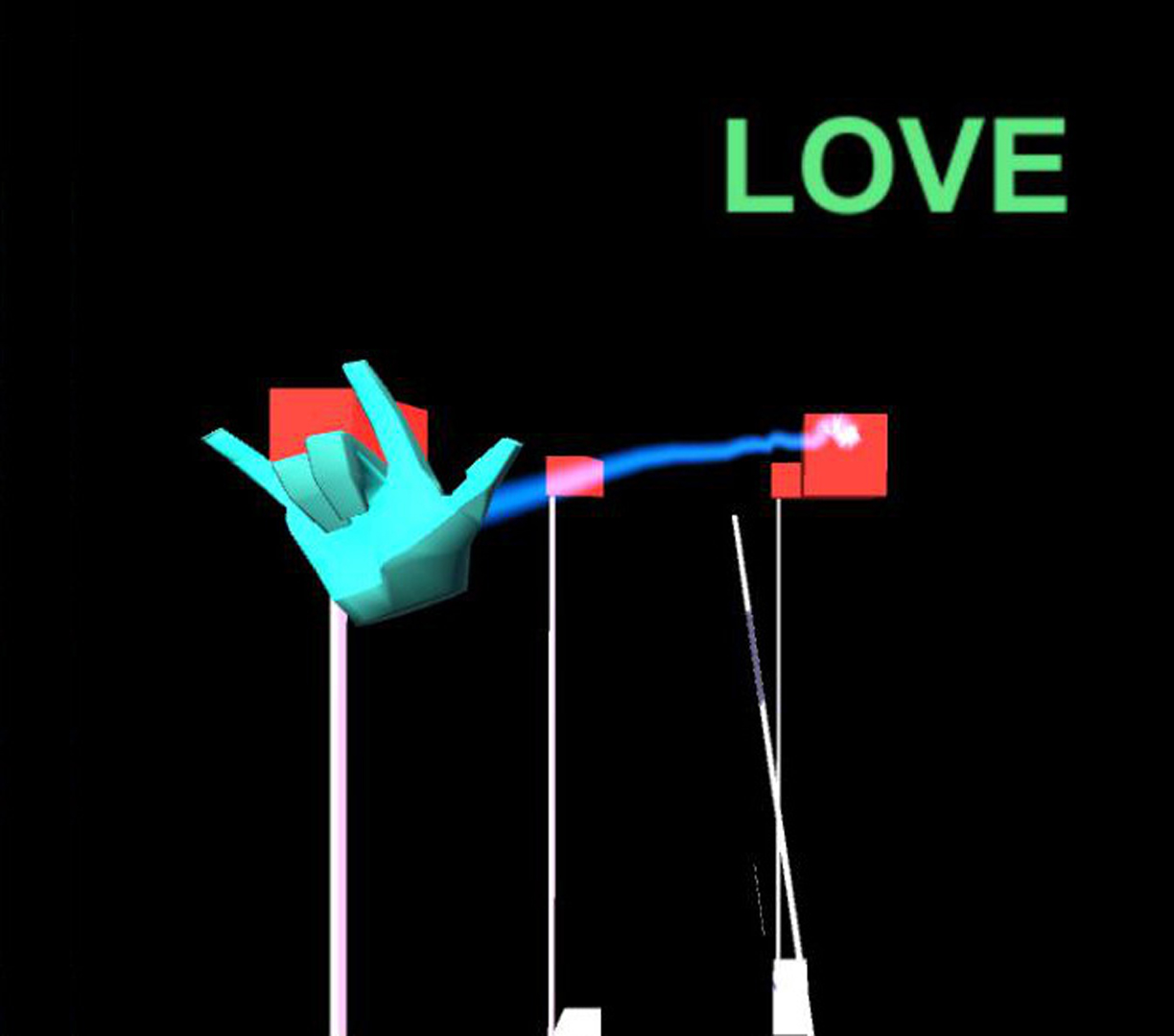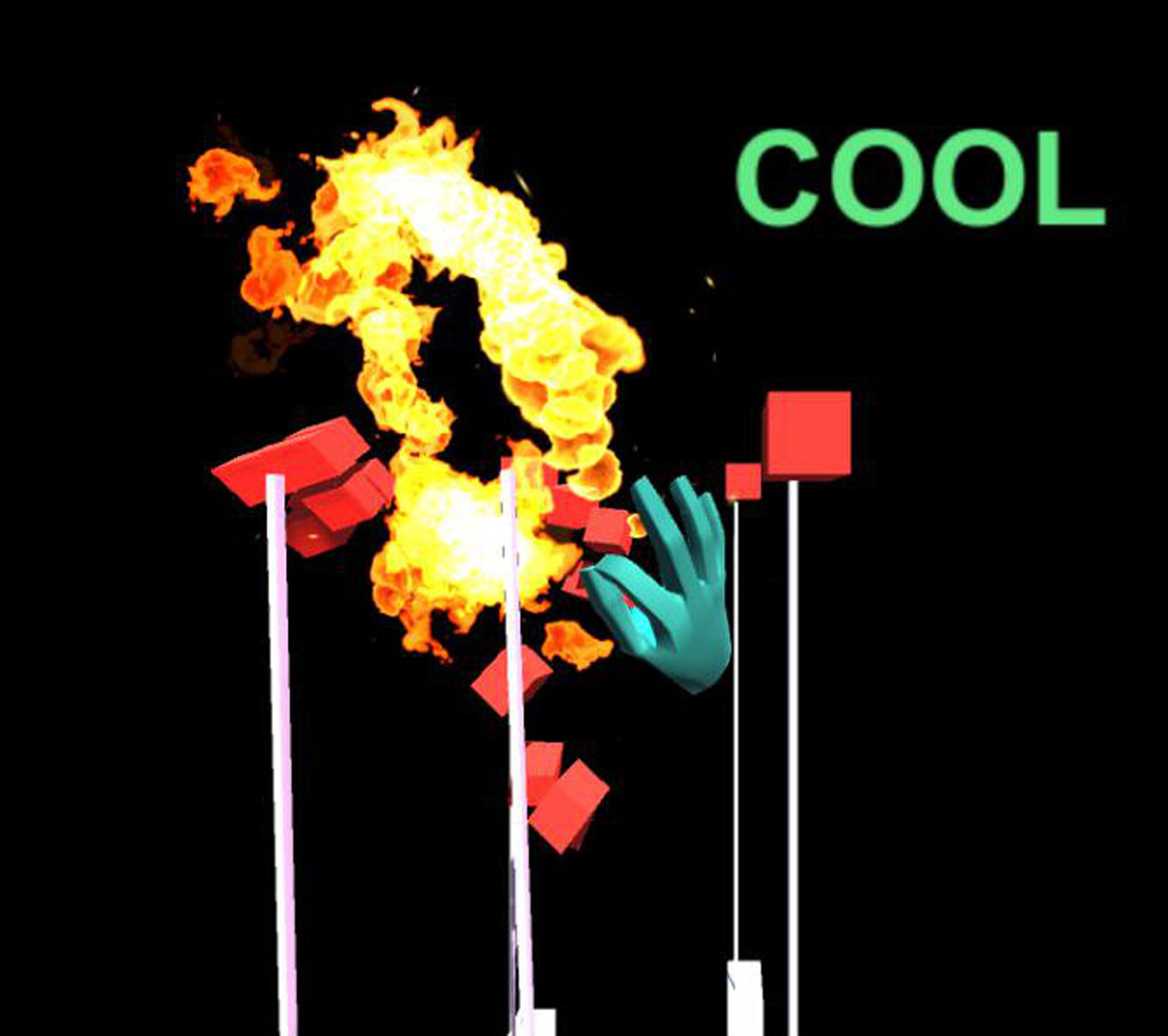“Gesture Recognition Using Leap Motion: A Comparison Between Machine Learning Algorithms” by Filho, Chen, Junior and Barboza
Conference:
Type(s):
Entry Number: 65
Title:
- Gesture Recognition Using Leap Motion: A Comparison Between Machine Learning Algorithms
Presenter(s)/Author(s):
Abstract:
In this paper we compare the effectiveness of various methods of machine learning algorithms for real-time hand gesture recognition, in order to find the most optimal way to identify static hand gestures, as well as the most optimal sample size for use during the training step of the algorithms.
In our framework, Leap Motion and Unity were used to extract the data. The data was then used to be trained using Python and scikit-learn. Utilizing normalized information regarding the hands and fingers, we managed to get a hit rate of 97% using the decision tree classifier.
References:
- Feiyu Chen, Jia Deng, Zhibo Pang, Majid Baghaei Nejad, Huayong Yang, and Geng Yang. 2018. Finger Angle-Based Hand Gesture Recognition for Smart Infrastructure Using Wearable Wrist-Worn Camera. Applied Sciences 8, 3 (2018), 369.
- Steve R Gunn et al. 1998. Support vector machines for classification and regression. ISIS technical report 14, 1 (1998), 5–16.
- Ramos Ribeiro et al. 2016. Framework for registration and recognition of free-hand gestures in digital games. SBGames.
- Lin Shao. 2016. Hand movement and gesture recognition using Leap Motion Controller. Stanford University, Stanford, CA.
- Dengfeng Yao, Minghu Jiang, Abudoukelimu Abulizi, and Xu You. 2014. Decision-treebased algorithm for 3D sign classification. In Signal Processing (ICSP), 2014 12th International Conference on. IEEE, 1200–1204
Keyword(s):
Acknowledgements:
The authors would like to thank UFAM, UEA Ludus Lab, Samsung Ocean and FAPEAM for supporting the development of this work.






